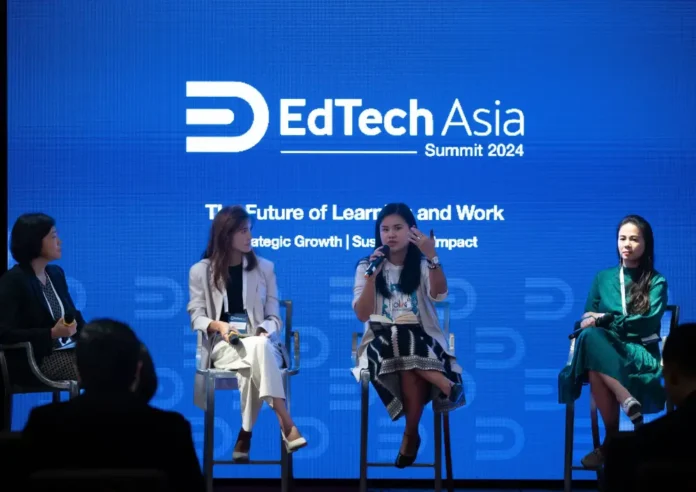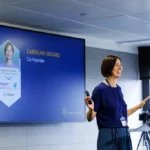In today’s fast-changing world, education is both a massive opportunity and a pressing challenge, particularly for underserved communities. Entrepreneurs and leaders across Asia are facing a critical question: how can we equip the next generation with the skills they need to thrive while closing the gap in access to quality education? With the Fourth Industrial…
© NewInAsia.com 2025








